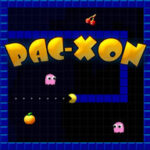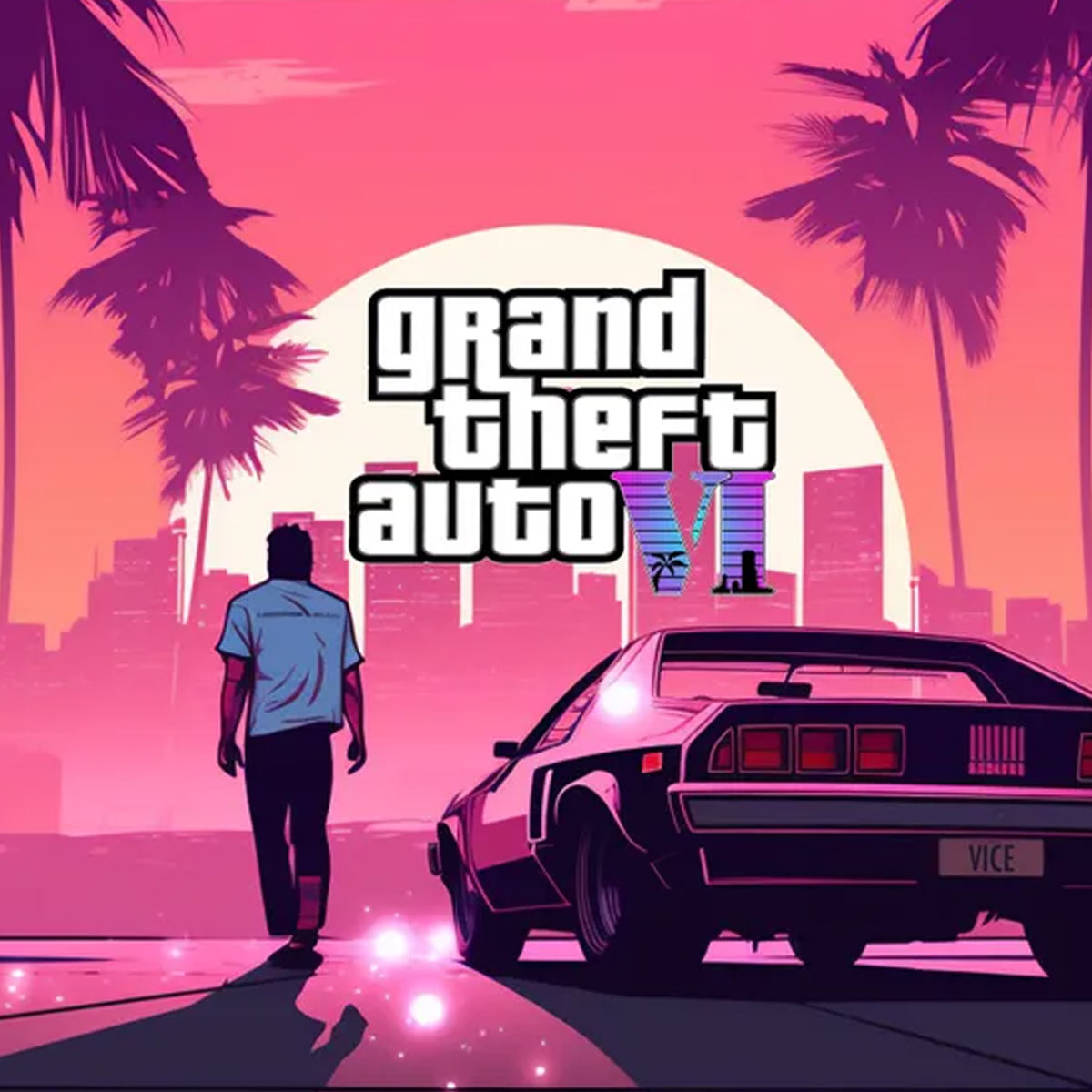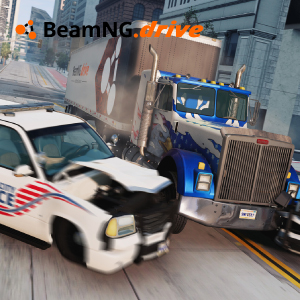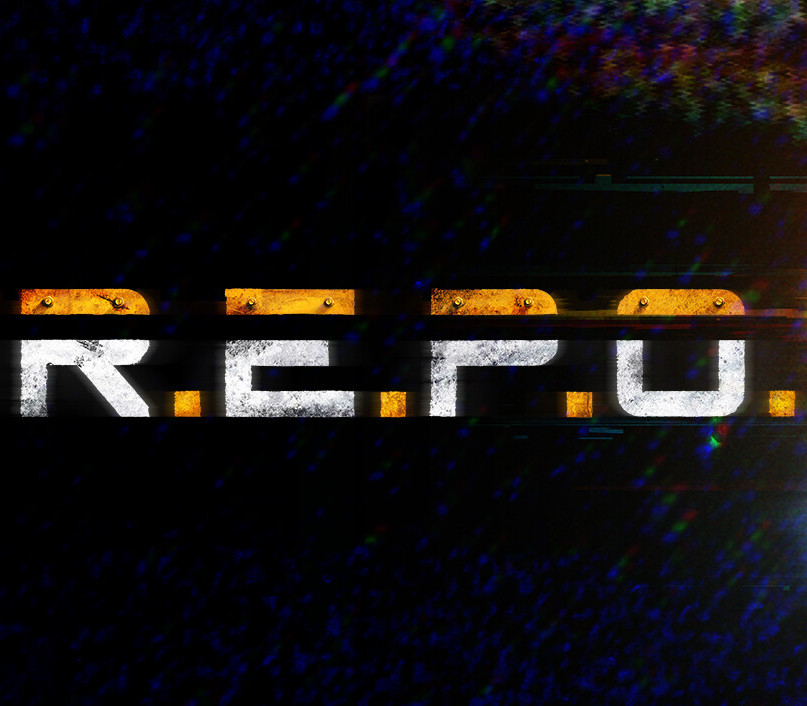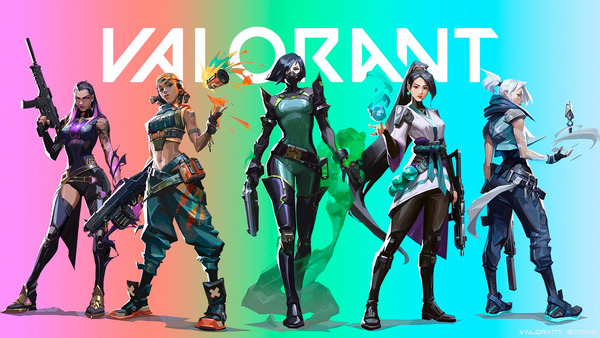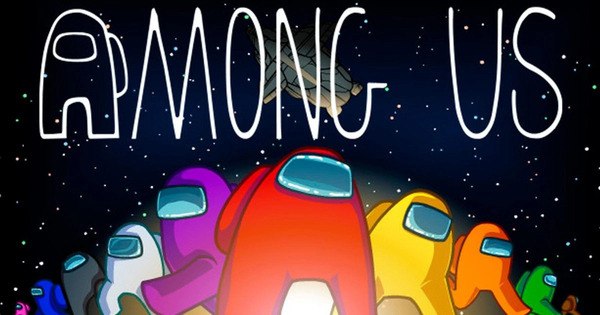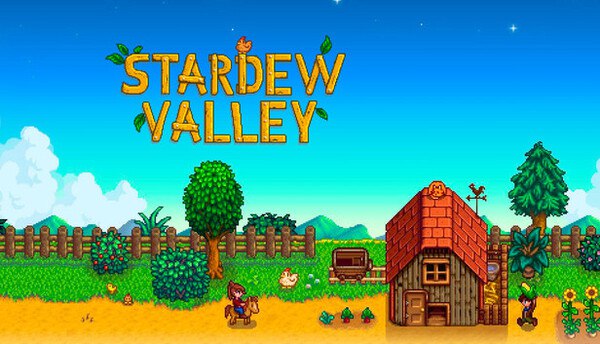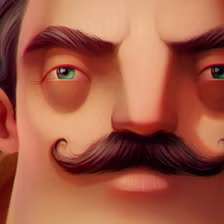Sonic the Hedgehog™ Classic is more than just a game; it's a cornerstone of video game history. Originally launched in 1991 by SEGA, Sonic was created to rival Nintendo’s Mario and quickly became the face of the SEGA Genesis. Decades later, Sonic's original adventure lives on through Sonic the Hedgehog Classic, the mobile-friendly, remastered version of the original game, preserving everything fans loved — the blistering speed, vibrant worlds, and iconic music — while introducing modern enhancements for new players.
This article explores the evolution, gameplay design, legacy, and continued relevance of Sonic the Hedgehog™ Classic, a game that remains a gold standard in platformers more than 30 years after its debut.
1. The Birth of Sonic and the 1991 Revolution
In the early '90s, SEGA needed a mascot to compete with Nintendo’s Mario. The result was Sonic the Hedgehog, a blue anthropomorphic hedgehog with spiky hair and unmatched speed. Released in 1991, the game was a breakthrough in design, combining kinetic movement with sharp, colorful visuals and a now-iconic soundtrack.
Sonic’s mission was simple yet compelling: stop the evil Dr. Robotnik (Eggman) from transforming animals into robotic minions, while collecting golden rings for protection and bonus points.
2. Classic Gameplay Mechanics That Still Hold Up
Sonic the Hedgehog™ Classic stays true to the original gameplay design:
-
Side-scrolling platforming with smooth, high-speed momentum
-
Collectible rings that act as both points and protection
-
Springs, loops, and ramps that enhance verticality and speed
-
Enemies and traps that challenge timing and reflexes
The controls are tight and intuitive, offering a precise feel for players who thrive on fast reaction times and exploration-based rewards.
3. Iconic Zones and Level Design
The game features a series of beautifully designed zones, each made up of three acts with increasing difficulty. Some of the most memorable include:
-
Green Hill Zone – Rolling hills and checkerboard landscapes
-
Marble Zone – Lava pits and ancient ruins
-
Spring Yard Zone – Urban neon platforms and pinball-like mechanics
-
Labyrinth Zone – Underwater mazes with breath timers
-
Starlight Zone – Futuristic design with explosive traps
-
Scrap Brain Zone – The industrial, final challenge
Each zone introduces unique hazards and platforming elements, keeping gameplay fresh and rewarding mastery through memorization and momentum.
4. Boss Battles and Robotnik’s Threat
At the end of every zone, Sonic faces Dr. Robotnik in his various machines — each a mechanical weapon designed to kill or trap Sonic. These boss fights are relatively simple in design but require strategic timing and spatial awareness.
The game's minimalist narrative unfolds without dialogue. Robotnik’s actions — from imprisoning woodland creatures to piloting deadly contraptions — communicate enough to drive the player forward with a sense of urgency and heroism.
5. The Remastered Classic on Mobile
Sonic the Hedgehog™ Classic is now available on iOS and Android, remastered by Christian Whitehead and SEGA’s mobile division. It features:
-
Widescreen resolution and 60 FPS performance
-
Enhanced controls with touch support
-
Controller compatibility
-
Save feature, allowing players to resume where they left off
-
Unlockable characters like Tails and Knuckles
This version preserves the soul of the original while adding quality-of-life improvements that make it more accessible for today’s audience.
6. Sonic’s Cultural Impact and Brand Identity
Sonic quickly became a cultural icon, spawning:
-
A long-running cartoon series
-
Comic books and toys
-
Dozens of game sequels across all platforms
-
Major motion pictures starring Sonic (most recently voiced by Ben Schwartz)
He stands as a symbol of '90s video game rebellion — a faster, edgier alternative to Mario. The impact of the original game laid the foundation for Sonic’s multimedia empire and SEGA’s golden era.
7. Music and Sound Design: Unforgettable Nostalgia
The game’s soundtrack, composed by Masato Nakamura, is instantly recognizable. Each zone has a unique theme that blends upbeat, catchy melodies with rhythmic drive that matches Sonic’s pace.
Sound effects like:
-
The ring collection chime
-
The spring bounce
-
The "losing rings" ping when hit
are etched into the memory of anyone who played the game. Even decades later, these sounds elicit instant nostalgia.
8. Technical Innovation and Speed Mechanics
What set Sonic apart in 1991 was its sense of speed. The Genesis hardware allowed for blast processing, which made the game feel faster than anything else on the market. Loops, slopes, and momentum-based physics created gameplay that felt revolutionary.
Sonic’s design encouraged players to take risks by going fast, but punished careless movement with spikes or enemy hits. That balance of speed and caution created a distinct rhythm unmatched in other platformers.
9. Legacy and Influence on Future Platformers
Sonic the Hedgehog™ Classic’s legacy has shaped:
-
The speed-run community
-
The design of modern momentum-based platformers
-
Future Sonic titles, from Sonic Mania to Sonic Frontiers
Its level design philosophy — where exploration, skill, and memory combine — has influenced countless indie developers and AAA platformers alike.
Even beyond its own franchise, Sonic’s success helped push the video game industry toward more dynamic protagonists and movement mechanics.
10. Why It Still Matters Today
Sonic the Hedgehog™ Classic isn’t just a nostalgic throwback — it’s still a great game in 2025. Its refined mechanics, iconic style, and perfectly paced challenge make it fun for both first-timers and veterans.
In an era of complex 3D worlds and hyper-realistic graphics, Sonic’s timeless 2D speed and charm provide a reminder of how simplicity done right can create magic. The mobile remaster ensures that Sonic continues to inspire a new generation of players, while giving longtime fans a reason to return.
Conclusion
Sonic the Hedgehog™ Classic remains a landmark in gaming — a fast, flashy, and finely tuned platformer that redefined what was possible in the early '90s and still feels fresh today. Whether you're a longtime fan revisiting Green Hill Zone or a new player discovering Sonic for the first time, this game delivers pure platforming bliss wrapped in a colorful, nostalgic world.














